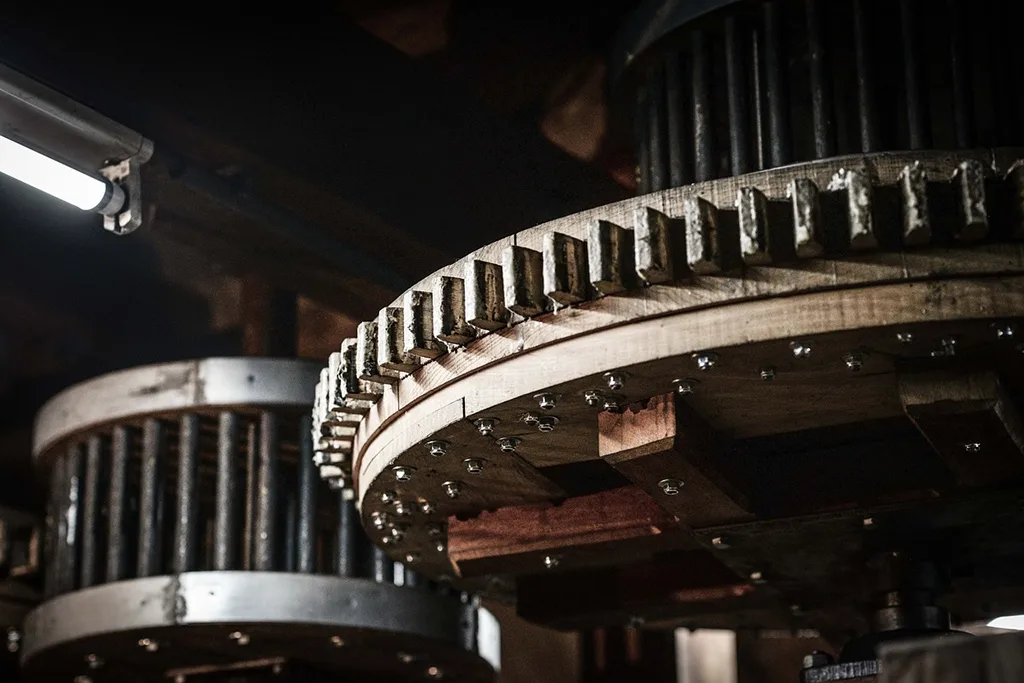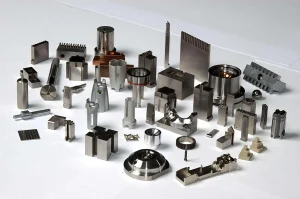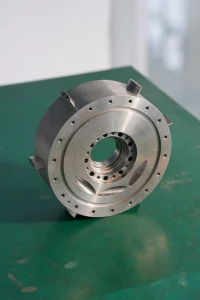Sheet metal, as a material widely used in the manufacturing industry, is favored for its excellent machinability, corrosion resistance and aesthetics. In daily life and industrial production, we can see a variety of sheet metal products, which not only meet people’s functional needs, but also contribute to aesthetics. So, what are the most common types of sheet metal? The following are some common types of sheet metal and their characteristics.

1. Cold-rolled thin steel plate
Cold-rolled thin steel plate, referred to as cold-rolled plate, is one of the most commonly used materials in sheet metal processing. It is made by further cold rolling of hot-rolled steel strips, and has the advantages of good surface quality, high dimensional accuracy, good mechanical properties and process performance. Cold-rolled plate is easy to process and has good bending performance. It is often used in the manufacture of products such as electrical housings and automotive structural parts.However, since it has no protective layer on the surface and is easily rusted when exposed to the air, it usually requires surface treatment such as painting and electroplating when used.
2. Galvanized steel plate
Galvanized steel plates are divided into two types: electrogalvanized steel plates and hot-dip galvanized steel plates. Electrogalvanized steel sheet, also called electrolytic sheet, is a zinc coating obtained by continuous deposition of zinc from a zinc salt solution onto the surface of a steel strip under the action of an electric field. Its coating is thinner, but has good corrosion resistance and decorative properties, and is often used in the manufacture of electronic products, home appliances and furniture.Hot-dip galvanized steel sheet, also known as galvanized sheet or tinplate, has a thick surface coating and exhibits excellent corrosion resistance. Due to its excellent corrosion resistance, it is often selected in sheet metal manufacturing, especially in areas that require high corrosion resistance, such as refrigeration equipment, air conditioning systems and roof structures.
3. Stainless steel sheet
Stainless steel sheet is highly respected for its excellent corrosion resistance and elegant appearance. Its types include austenite, martensite, ferrite and austenite-ferrite duplex stainless steel sheets. This type of sheet not only has outstanding corrosion resistance, excellent conductivity, and extremely high strength, but also can be created through exquisite craftsmanship to create a variety of surface effects such as matte, bright, mirror and brushed surfaces. It is widely used in the manufacture of high-end products such as home appliance housings and decorative structural parts.
4. Aluminum alloy plate
Aluminum alloy plate is composed of aluminum and auxiliary alloys, and has the characteristics of low density, high strength, good plasticity, excellent electrical conductivity, thermal conductivity and corrosion resistance. The application range of aluminum alloy plate is very wide, from electronic product housings, automotive parts to aerospace fields. After anodizing, aluminum alloy plate not only improves corrosion resistance, but also can obtain a variety of colors, meeting people’s demand for aesthetics.
5. Other sheet metal types
In addition to the common sheet metal material categories, there are many other sheet metal materials that are also widely used. For example, aluminum-zinc plate, which is based on aluminum-zinc alloy plate, further adds protective and decorative coatings, so that it has excellent dual protection performance. Rust-proof aluminum sheet is favored for its excellent anti-rust performance and relatively low price. In addition, copper and brass are also widely used in electrical, chemical industry and wiring equipment due to their good electrical conductivity and ductility.
In general, there are many types of sheet metal, each with its specific uses and advantages. In practical applications, Rapidefficient recommends that you choose the appropriate sheet metal material based on factors such as product functional requirements, usage environment, and cost budget.






